Top Things to Know Before Buying Colorful House Plants
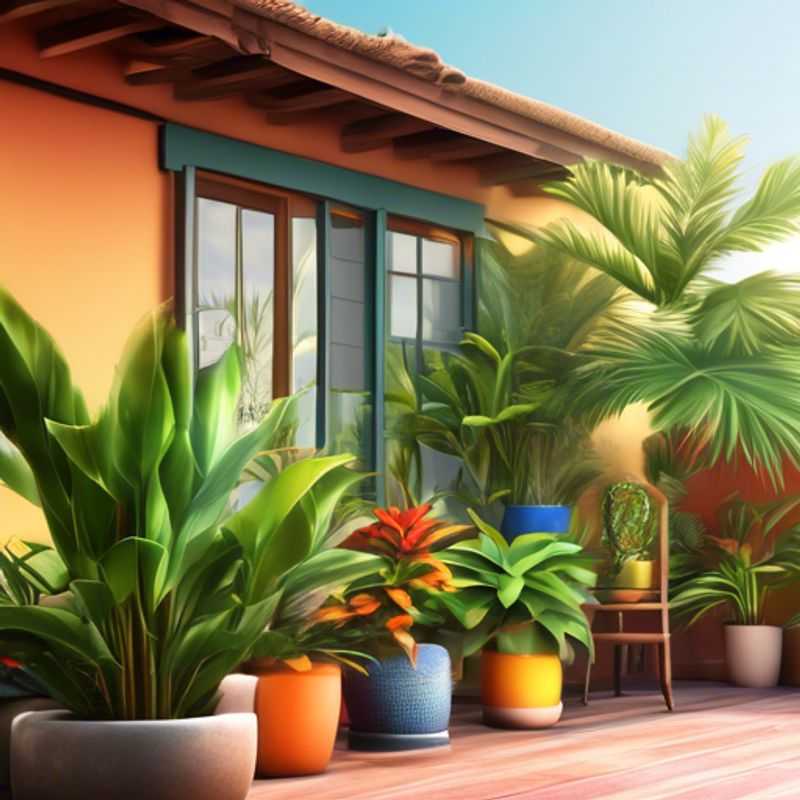
Top Things to Know Before Buying Colorful House Plants: Light, Water, Soil, Size, Pests, Care Level, Toxicity, Origin, Lifespan
Bringing a splash of color into your home with vibrant houseplants is a fantastic idea, but before you get swept away by the allure of vibrant foliage, it's crucial to do your homework. Here's a quick guide to help you make informed decisions and ensure your new plant companions thrive:
Research the specific light, water, and soil requirements for each plant.

Unlocking Plant Success: Tailoring Light, Water, and Soil Needs
Every plant thrives in specific conditions. Knowing these requirements is crucial for healthy growth.
Light is a vital aspect. Plants need sunlight for photosynthesis, the process of converting light energy into food. Consider the plant's native environment and the amount of sunlight it receives. Some plants thrive in full sun, others prefer partial shade, and some even thrive in the shade.
Water is another critical factor. Different plants require varying amounts of water. Overwatering can lead to root rot, while underwatering can cause wilting and dehydration. Learn about the plant's water needs and ensure it's watered appropriately.
Soil is the foundation for plant growth. The right soil type provides essential nutrients and drainage. Research the specific soil pH, texture, and drainage requirements for your plant. You can test your soil pH with a home kit. If needed, adjust the soil pH with amendments such as lime or sulfur.
Understanding these factors will help you provide the best environment for your plants. Consult reliable resources such as gardening books, websites, or local nurseries for specific information on the light, water, and soil requirements of your chosen plants. With proper care, your plants will thrive and bring joy to your home or garden.
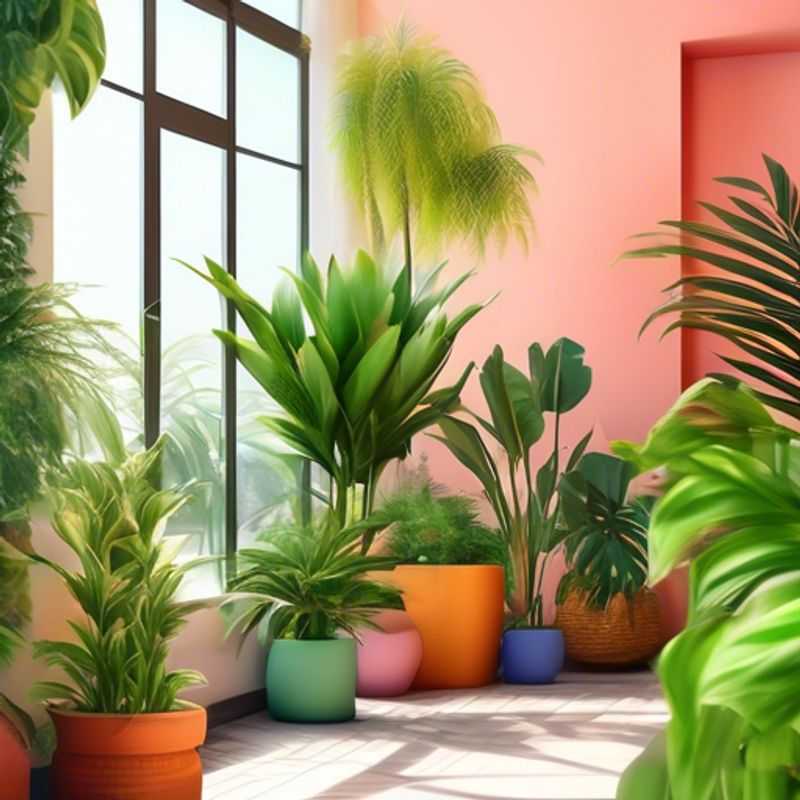
Plan for Growth: Choosing the Right Plant for Your Space
When choosing a plant, it's crucial to consider its mature size. This may seem obvious, but it's easy to get caught up in the beauty of a small seedling and underestimate how large it will become. Consider the size the plant will grow to and ensure you have enough space. This includes both height and width, as plants can spread out significantly.
Not only will this prevent overcrowding and potential damage to your plant, but it also ensures that it receives adequate sunlight and air circulation. Overcrowding can lead to diseases and pests. Additionally, a plant that's too large for its space might require more frequent pruning, which can be time-consuming and potentially damage its growth.
To determine the mature size of a plant, you can research its species online or consult with a knowledgeable nursery worker. They can also advise you on appropriate spacing for various plants. By taking the time to plan ahead, you can ensure that your plants thrive in their chosen location.
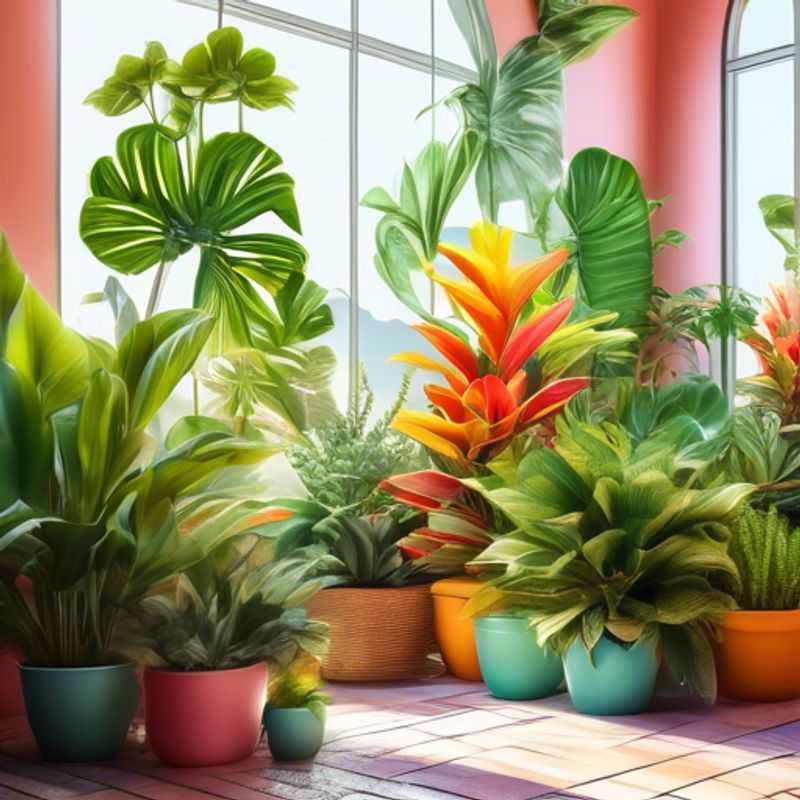
Pest Patrol: Inspecting Plants Before Bringing Them Home
Before bringing home a new plant, take a few moments to inspect it carefully for signs of pests or diseases. This proactive step can save you a lot of hassle and heartache down the road.
Look for:
1. Visible Pests: Check the undersides of leaves, stems, and soil for insects like aphids, mealybugs, spider mites, and scale.
2. Signs of Disease: Observe for any discoloration, wilting, spots, or lesions on the leaves, stems, or roots.
3. Soil Condition: Examine the soil for any signs of mold, fungi, or other unusual organisms.
If you suspect a plant might be infested or diseased, it’s best to pass on it to avoid bringing the issue into your home and potentially spreading it to other plants.
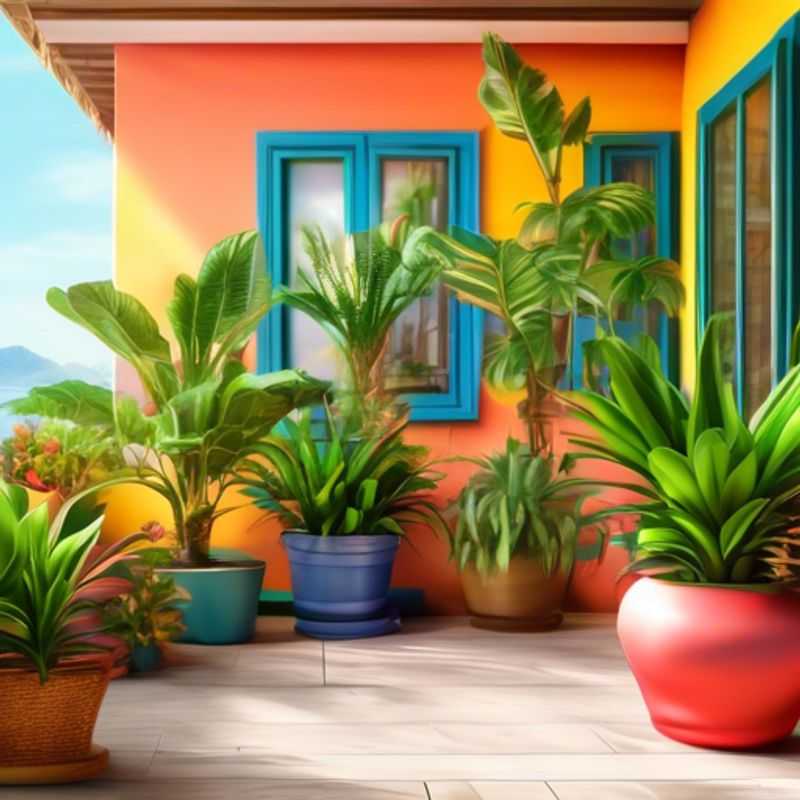
Understanding Plant Care: A Guide to Keeping Your Green Friends Thriving
Understanding the care and maintenance needs of a plant is crucial for its survival and thriving. Different plants require varying levels of care, so researching the specific needs of your chosen plant is essential.
Light is a key factor. Plants need adequate sunlight to photosynthesize and grow. Knowing whether your plant prefers full sun, partial shade, or shade is crucial. Incorrect lighting can lead to stunted growth, discoloration, or even death.
Watering is another vital aspect. Too much or too little water can harm your plant. Understanding the plant's water requirements, such as frequency and amount, is important. Overwatering can lead to root rot, while underwatering causes wilting and dehydration.
Soil plays a vital role in plant health. Proper soil composition ensures optimal nutrient availability and drainage. Choose a soil mix tailored to your plant's needs, considering factors like acidity and drainage.
Fertilizer provides essential nutrients for plant growth. However, over-fertilizing can harm plants. Understanding the specific nutrient requirements of your plant and applying the appropriate fertilizer at the right time is crucial.
Pruning can enhance plant health and aesthetics. Regular pruning encourages bushier growth, removes dead or diseased branches, and maintains the desired shape. However, pruning techniques vary depending on the plant species.
Pest and disease control is essential for protecting your plant. Regularly inspect your plants for signs of pests or diseases. Prompt action, such as using appropriate insecticides or fungicides, can prevent widespread damage.
While most plant care is relatively inexpensive, some activities may involve additional costs. For example, specialized soil mixes, high-quality fertilizers, and pest control products can add up.
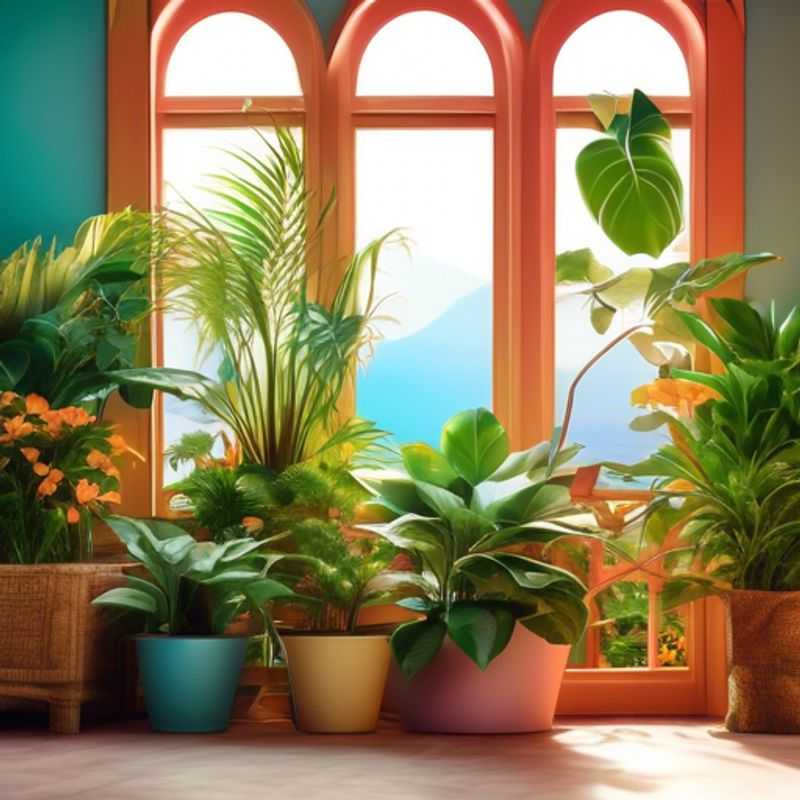
Pet-Proofing Your Home: Choosing Non-Toxic Plants
When bringing greenery into your home, it's essential to consider the safety of your furry friends and little ones. Not all plants are created equal, and some can be toxic if ingested. Always prioritize the well-being of your pets and children. To ensure a safe and enjoyable environment, carefully select non-toxic plants.
Several resources exist to help you identify safe plants. The ASPCA (American Society for the Prevention of Cruelty to Animals) has a comprehensive list of toxic and non-toxic plants for both cats and dogs. You can also find information on the website of the Pet Poison Helpline.
In addition to researching plant toxicity, consider the plant's placement. Keep potentially toxic plants out of reach of curious pets and young children. Consider placing them on high shelves, in hanging baskets, or behind barriers.
While choosing non-toxic plants is essential, it's crucial to supervise your pets and children around any plants. Teach children to avoid putting plants in their mouths and monitor pets to ensure they don't nibble on any foliage.
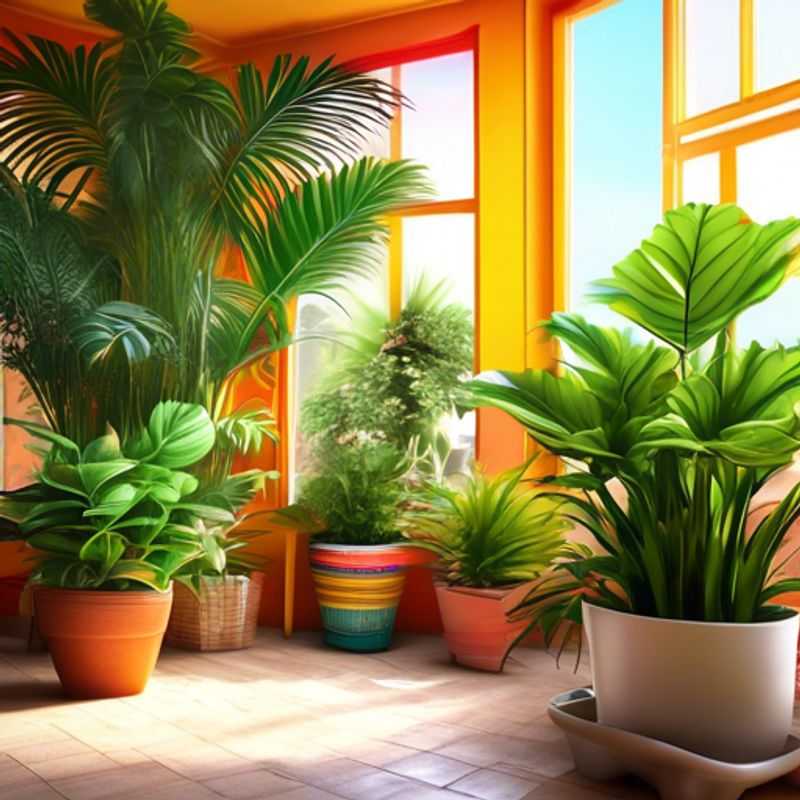
Plant Power: Choosing Native Species for a Thriving Garden
When planning a garden or landscaping project, it's crucial to check the plants' origin and choose species that are native to your climate. Native plants are adapted to local soil, weather conditions, and ecosystems, making them more resilient and easier to maintain. They often require less water, fewer fertilizers, and fewer pesticides, which can lead to lower long-term costs.
Researching the origin of plants can significantly impact your gardening success. Native species are more likely to thrive, support local wildlife, and contribute to biodiversity. Conversely, non-native plants may struggle to adapt, leading to wasted resources and effort.
When selecting plants, consider visiting local nurseries that specialize in native flora. These establishments often provide valuable information on the best species for your specific area. You might encounter costs associated with purchasing plants, soil amendments, or professional landscaping services if needed.
In summary, always prioritize native species in your gardening efforts for a sustainable and thriving landscape. Doing so not only benefits your garden but also supports the local ecosystem.
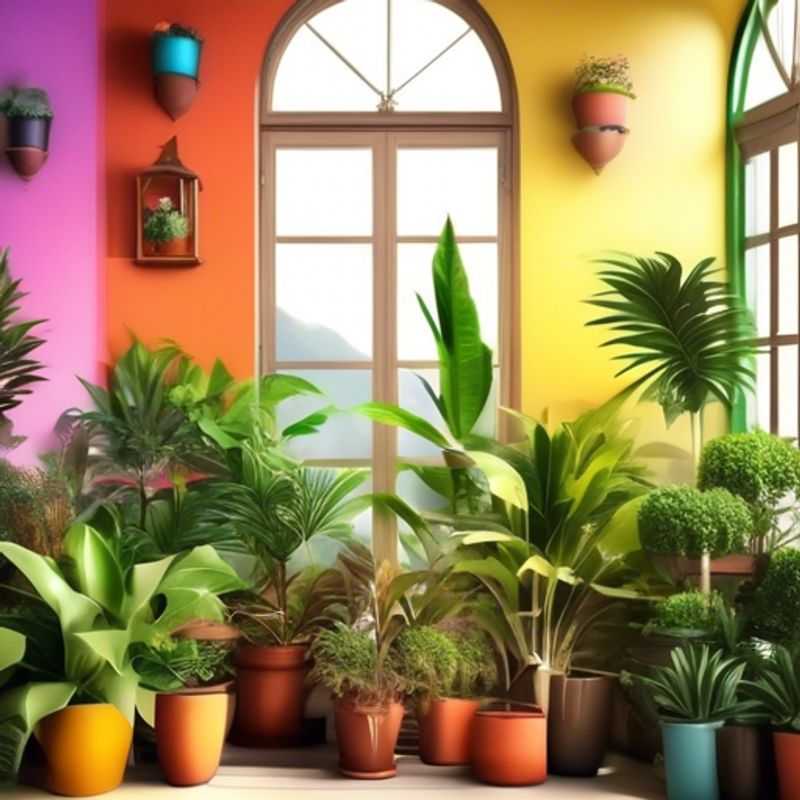
Understanding Plant Lifespans: A Guide to Long-Term Care
It’s fascinating how each plant has its own unique lifespan, just like us! Understanding this lifespan is crucial for providing the right care and ensuring your plant thrives. Some plants, like annuals, complete their life cycle in a single growing season, while others, like perennials, can live for multiple years. Trees, for example, are often considered long-lived companions, gracing our landscapes for decades. Knowing this helps us understand when to expect blooming, fruiting, and even when to anticipate the need for renewal or replacement.
Planning for long-term care is an investment in your plant's well-being and ensures its longevity. This involves understanding the plant's specific needs – light, water, soil, and nutrients. Regular maintenance tasks like pruning, fertilizing, and pest control are essential. Additionally, consider potential environmental challenges like extreme temperatures, pests, or diseases. Being proactive by implementing preventative measures can help ensure your plant's long-term health.
Don't forget, even with the best care, a plant's lifespan can be affected by various factors. Environmental changes, disease, and even accidental damage can impact their longevity. By staying vigilant and providing the right conditions, you can significantly contribute to your plant’s lifespan, creating a beautiful and flourishing space for years to come.
